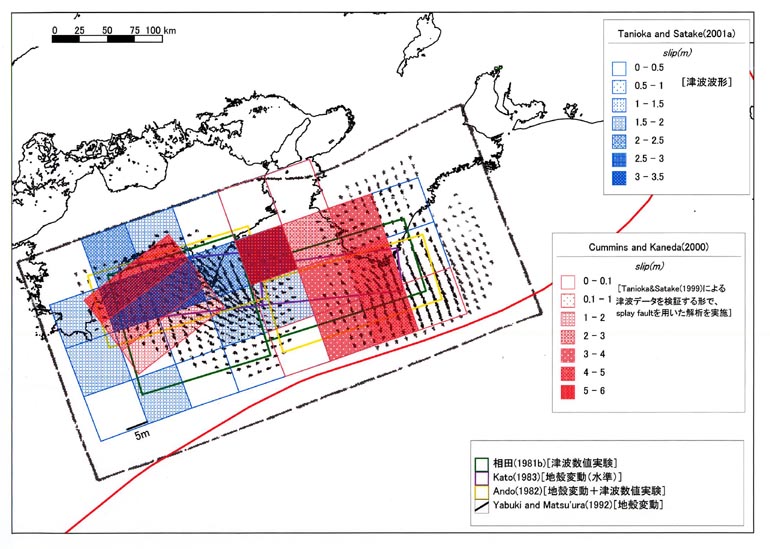Scientists Capture Slow-Motion Earthquake Traveling 20 Miles Over Weeks

In a groundbreaking study, researchers from the University of Texas at Austin have captured the phenomenon of a slow-motion earthquake, which traversed 20 miles along the Nankai Fault off the coast of Japan over several weeks. This unprecedented observation sheds light on the behavior of tectonic pressures in fault lines, potentially reshaping our understanding of seismic activity and earthquake cycles.
The slow-motion earthquakes, also referred to as slow slip events (SSEs), were recorded using advanced borehole sensors that detect minute movements typically invisible to conventional land-based monitoring systems. The first event occurred in 2015, followed by a second in 2020. Each event traveled at a pace of approximately 1 to 2 kilometers per day, indicating a significant release of tectonic pressure in an area known for its potential to generate large earthquakes and tsunamis.
According to Dr. Demian Saffer, Director of the University of Texas Institute for Geophysics (UTIG) and lead researcher on the project, “This research demonstrates how certain regions of fault lines can act as shock absorbers, effectively releasing stress and reducing the likelihood of catastrophic seismic events.” The data derived from this study, published in the journal *Science*, provides vital insights into the dynamics of subduction zones, particularly those along the Pacific Ring of Fire, a region notorious for its seismic activity.
The study highlights the critical role of geologic fluid pressures in facilitating slow earthquakes. “The evidence we gathered indicates that fluids are a key ingredient in the occurrence of these slow slip earthquakes,” stated Dr. Josh Edgington, a doctoral researcher involved in the project. This assertion aligns with a growing body of scientific literature suggesting a correlation between pore fluid pressure and the behavior of these tectonic phenomena.
Historically, the Nankai Fault has been associated with significant seismic events, including a devastating magnitude 8 earthquake in 1946 that resulted in over 1,300 fatalities and extensive property damage. While scientists anticipate another major earthquake in the future, this new research suggests that the fault may be capable of releasing some of its stress through these slower, less destructive events.
The implications of these findings extend beyond Japan. Understanding the mechanics of slow-motion earthquakes could enhance predictive models for seismic risks globally. Experts emphasize that such insights are essential for developing more effective earthquake preparedness and mitigation strategies. “By analyzing the characteristics of slow slip events, we can better understand the overall hazard posed by faults worldwide,” Dr. Saffer added.
The research team’s findings also point to the possibility that monitoring slow slip events could provide crucial early warning signals for larger seismic activities. As the scientific community continues to investigate these phenomena, the hope is that such research will contribute towards safer communities in earthquake-prone areas.
In conclusion, the capture of slow-motion earthquakes off Japan’s Nankai Fault not only advances scientific knowledge regarding tectonic activity but may also play a pivotal role in enhancing earthquake preparedness and risk management strategies globally. As researchers continue to explore the intricacies of these slow slip events, the findings promise to deepen our understanding of the Earth’s geological behavior and its implications for human safety.
Advertisement
Tags
Advertisement





